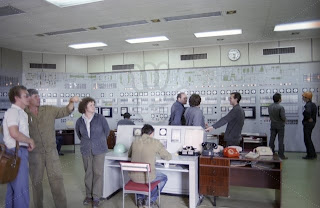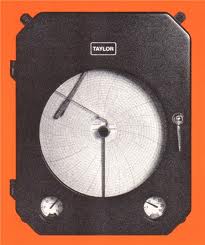A good discussion that highlights the following comments from one of the participants:
"Greg: Can't they just address the operator shortage issue with more and better automation?
Mart: Modern automation technology provides excellent return on investment, and can be used to operate process plants with fewer qualified operators. In general, highly automated plants have less operations-related errors. Modern control systems are very advanced, and can handle many tasks quicker, more safely and at a lower cost than a human operator. Advances in automation system and process technology allow process plants to operate longer without downtime. However, in a highly automated plant, the role of the operator is different and more difficult. Operators in these plants have to monitor a sophisticated system and make decisions about the health of the process and the performance of the system based upon trends and meta-information (information about information). In many cases instead of actively doing something, they have to review the information presented and make a decision about whether to do something or nothing at all. Also, because the system and process are more reliable, operators may seldom or never see upset conditions, and can quickly lose critical skills necessary to deal with those situations. This often results in compromised operating conditions. Studies show that the greatest cause of operational loss in the process industries is due to operator error. The need for a virtual plant is even greater in a highly automated process plant.
Stan: So, is the virtual plant only an operator training tool?
Mart: Not necessarily. The virtual plant is also an effective tool to reduce the risks in automation projects. While modern, field-based automation systems have great reliability and performance, the risk introduced by human engineering still remains. The risks may include hidden errors and issues in the automation system application software undetected until they cause process or operational issues.
Advanced control strategies that are not fully vetted can have affect plant operations adversely. In many plants, the operating procedures are in error or incomplete, so they are not used or trusted".
Ultimately, even if we automate the plants to the fullest extent, it is not possible to control emergencies and plant upsets. These need a trained experienced operator to handle the situation. As we automate the plants more and more there is a risk that operators loose their trouble shooting abilities. Read the full discussion in
this link.


